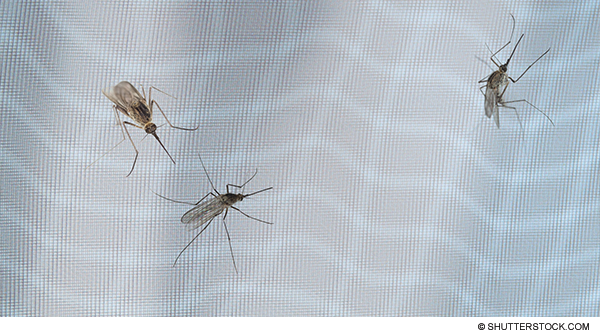
The majority of cases occurred among U.S. residents (1,189 cases, 62 percent). The definition of U.S. residents included both civilian and US military personnel, regardless of legal citizenship. There was a significant increase in the number of reported malaria cases among U.S. military personnel in 2011 compared to 2010 (91 versus 45). For the remainder, 386 (20 percent) cases occurred among foreign residents, and 350 (18 percent) cases occurred among patients with unknown or unreported resident status. The definition of foreign residents included any individuals who held resident status in a country other than the United States.
Explore This Issue
ACEP Now: Vol 33 – No 02 – February 2014The majority of cases (N=1,920) were classified as imported, defined as those acquired outside of the United States and its territories. The remaining five cases were categorized as laboratory-acquired (1), transfusion-related (1), congenital (2), and cryptic (1). Cryptic malaria was defined as a case for which epidemiologic investigations could not identify a plausible mode of acquisition. This term was applied primarily to cases found in countries where malaria was not endemic.
The infecting species of Plasmodium was identified in 1,490 (77 percent) of 1,925 reported cases. Almost all infections were due to a single species of Plasmodium. Only 21 cases (1 percent) were due to a mixed infection with two different species of Plasmodium. Overall, the majority of infections were due to P. falciparum (49 percent), followed by P. vivax (22 percent), P. malariae (3 percent), and P. ovale (3 percent).
A common method for the diagnosis of malaria is microscopic examination of peripheral blood for parasites. This test not only permits a rapid determination of the presence or absence of parasites but also allows for identification of the parasite species and the percentage of infected red blood cells.
Of the imported cases (N=1,920), data on the region of acquisition of infection were reported and available in 1,655 cases. Among these cases, 1,144 (69 percent) were acquired in Africa, 363 (22 percent) in Asia, 140 (8 percent) in the Americas, 7 (0.4 percent) in Oceania, and 1 in the Middle East. The majority (63 percent) of the cases acquired in Africa were from the countries in the western part of Africa, specifically including, but not limited to, Nigeria, Ghana, Sierra Leone, and Liberia.
Most cases from Asia, in the order of decreasing frequency, were acquired in India, Afghanistan, Pakistan, and Thailand. The number of cases acquired in Afghanistan was significantly higher compared to 2010 (96 versus 43), mainly due to an increased number of infections among US military personnel serving in Afghanistan. The majority of cases from Central America and the Caribbean were from Haiti and Honduras, while in South America most cases were from Guyana and Brazil. With the exception of one case, all cases from Oceania were from Papua New Guinea. There was only one case reported from the Middle East; however, the country of acquisition as well as the involved Plasmodium species were unknown.
Pages: 1 2 3 4 5 | Single Page




One Response to “CDC Reports Record Number of Malaria Cases in the U.S”
August 6, 2019
Paul E. KuneliusI was discharged from the Army on 08/23/1967. I served in Vietnam from Sept. of 1966 to August of 1967. In the month of Feb. 1969 I came down with malaria and was treated at the VA and was in the hospital for one week. I live in Massachusetts and have for my whole life. My questions are was it possible to contact malaria in MA at that time and is it possible to have contacted malaria in Vietnam and have it not appear till 16 months later? I never had malaria in Vietnam. Thank You, Paul